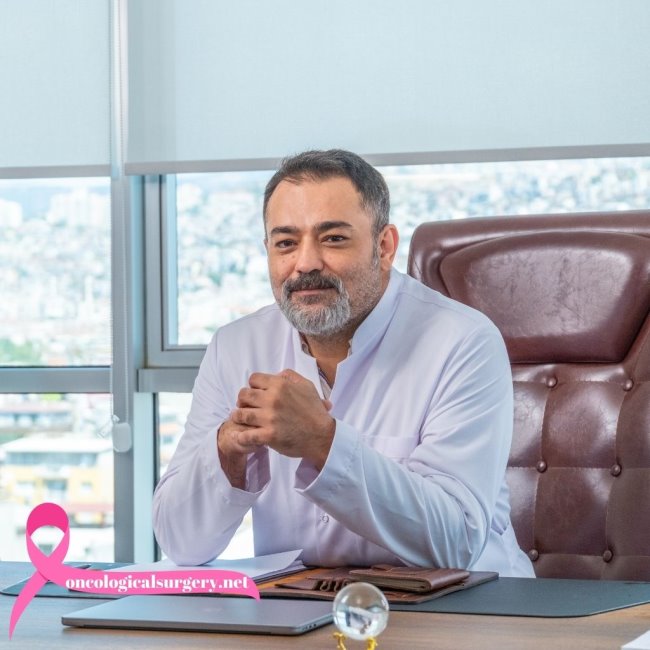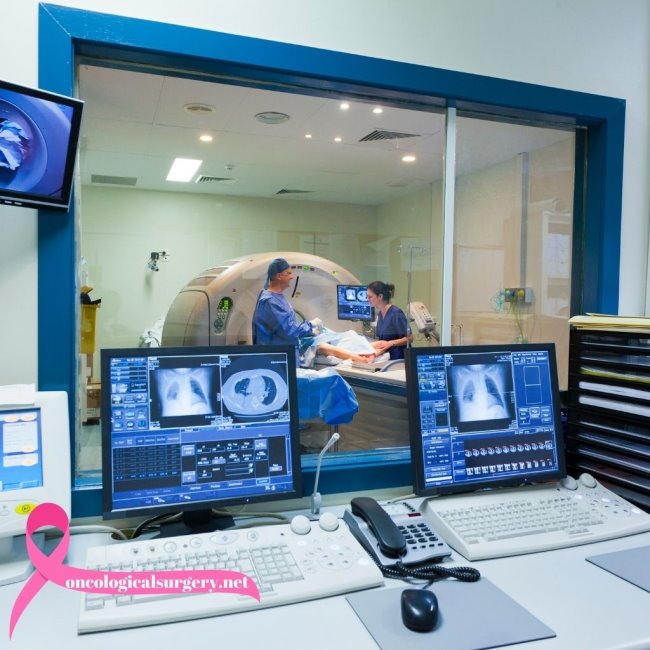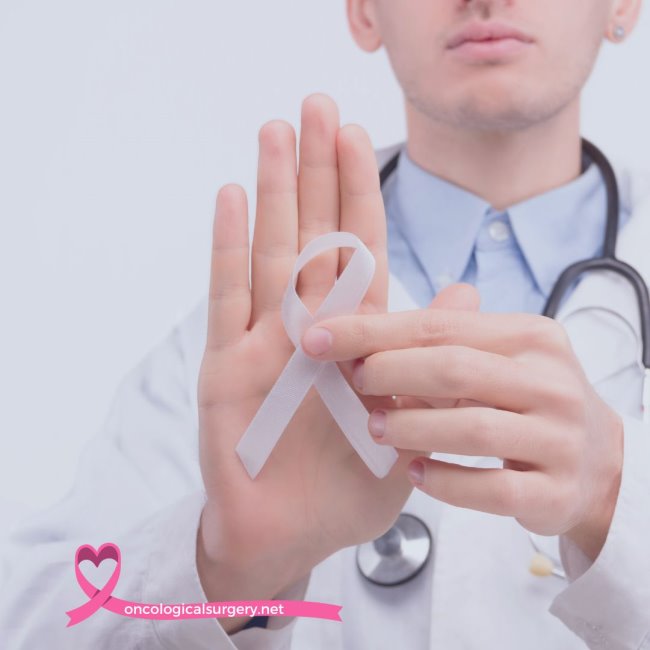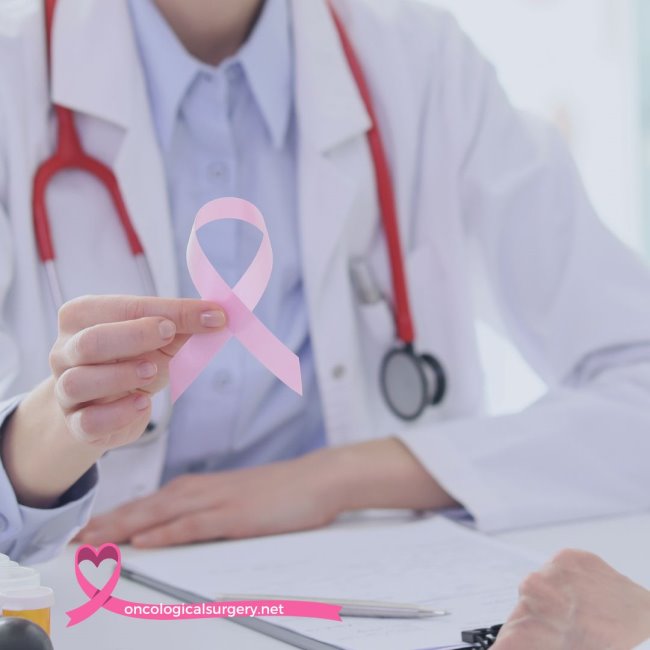
The Latest Advances in Cancer Surgery Techniques
Cancer surgery has developed tremendously in the last decade, and patients face better outcomes and quicker recoveries. This has been promoted by technological innovation, increasing basic knowledge in cancer biology, and interdisciplinary approaches where surgical intervention is often combined with other treatment modalities such as chemotherapy and radiotherapy.
In this article, we are going to discuss some of the latest cancer surgical techniques that are changing the game in patient care. From minimally invasive procedures to robotic-assisted surgeries, these advancements make quite a difference in the lives of oncology surgery patients around the globe.
Minimally Invasive Surgery
MIS, in general, consists of conducting certain manipulations through small cuts rather than through great openings. Such a method minimizes body trauma, pain, and quickens the period of recovery. It is being increasingly applied in cancer treatments; examples are laparoscopic and thoracoscopic surgeries, where small cameras and instruments are used to remove tumors.
One of the most important advantages of MIS is its accuracy. It allows surgeons to remove tumors with great precision, sparing as much healthy tissue as possible. This is especially important in very fragile areas such as the abdomen and chest, where classic open surgeries may lead to considerable complications and long-term recoveries.
Robotic-Assisted Surgery
Robot-assisted surgery has been a godsend in cancer treatment. Advanced robotic systems enable surgeons to perform highly precise and controlled motions that would be difficult to achieve with mere human hands. These systems provide enhanced visualization, increased dexterity, and higher accuracy.
These include Da Vinci Surgical System, among other popular robotic platforms in cancer surgery. The system allows the surgeon to have more invasive capabilities for even the most complex procedures, which can reduce recovery time and minimize complications related to traditional open surgery. This might be very helpful for prostate, gynecologic, and colorectal surgeries.
Image-Guided Surgery
IGS combines this traditional surgical modality with the power of advanced imaging technologies such as MRI, CT, and ultrasound. These imagers provide high-resolution, real-time views of the operating area that enable the surgeon to navigate through and remove tumors with unprecedented accuracy.
IGS is especially indicated in surgeries of the brain and spinal cord, where identification of the exact location and boundary of a tumor has to be done to avoid critical structures. This approach increases the likelihood of complete tumor removal while minimizing the impact on surrounding healthy tissues.
Intraoperative Radiation Therapy
IORT delivers a concentrated dose directly to a tumor site during surgery. This technique allows high radiation doses to be applied while sparing surrounding healthy tissues-something often not possible with traditional external beam radiation therapy.
The therapies are particularly effective against tumors that are difficult to resect completely with surgery alone, such as pancreatic cancer and certain kinds of breast cancers. Thus, these treatments are even more aggressive and therefore potentially more effective, since integration of surgery and radiation in one procedure is done.
Enhanced Recovery After Surgery (ERAS) Protocols
Enhanced Recovery After Surgery protocols are evidence-based practices to improve the recovery of patients from major surgeries, including cancer operations. It covers preoperative counseling, optimized anesthesia, minimally invasive techniques, and postoperative care strategies that accelerate recovery and shorten hospital stays.
Indeed, the observation has been that ERAS guidelines have ensured marked improvement in patient outcomes by way of reduced complication rates and overall satisfaction with the surgical experience. They tend to represent a holistic approach to surgical care wherein the well-being of the patient tops during treatment.
Conclusion
Cancer surgery is an ever-evolving field. Newly developed techniques and technologies further improve precision, safety, and outcomes. Techniques such as minimally invasive and robotic-assisted surgeries, image-guided procedures, intraoperative radiation therapy, and ERAS protocols are just some of the innovations that have completely changed the dynamics of patient care.
With continuous medical research and innovations, the future of cancer surgery seems to promise a better tomorrow for patients with this dreadful disease. This will equip the patient and the professional with sound knowledge of available options and modalities in the management of disease.








































